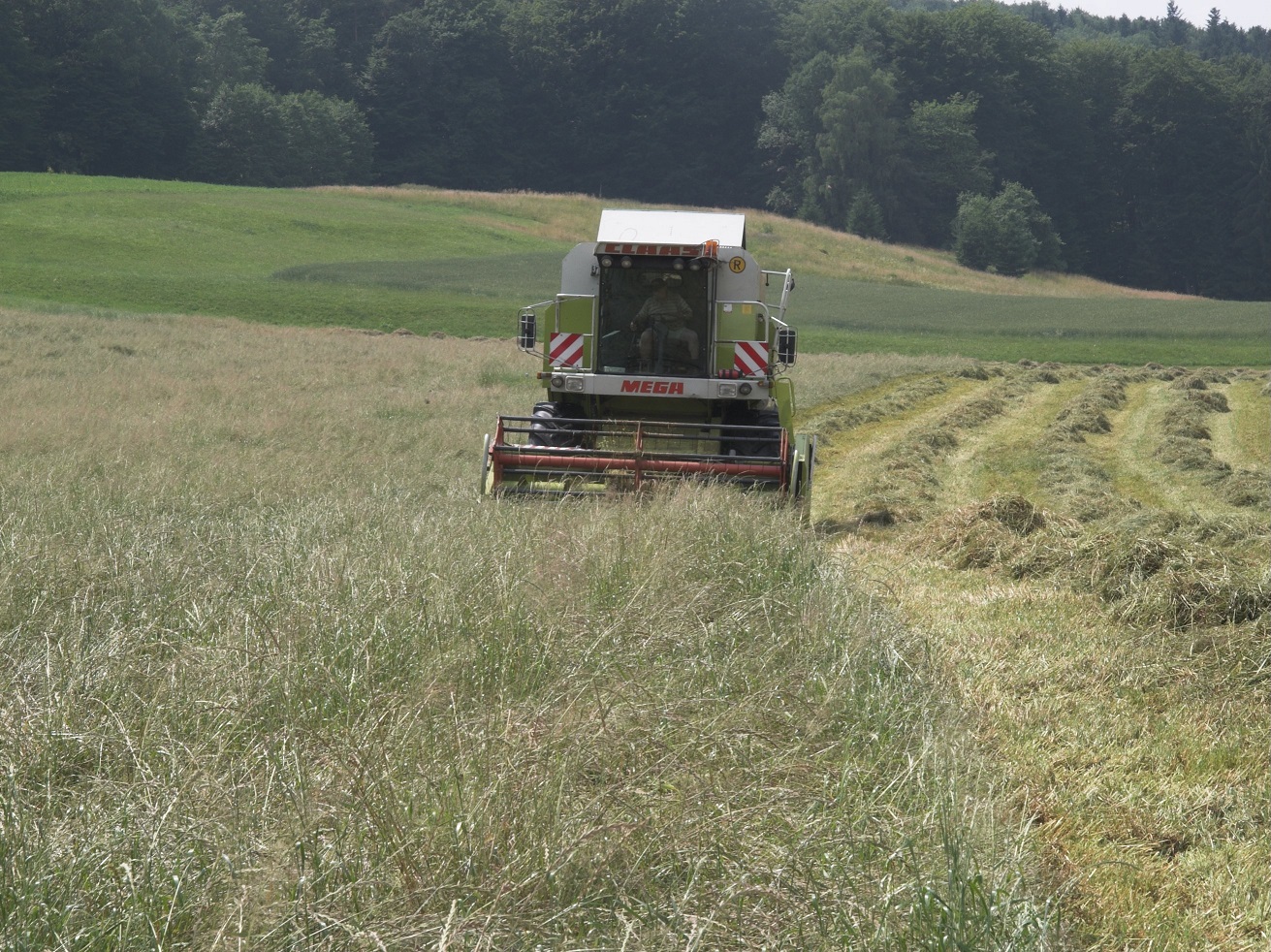Over the past 25 years, the HBLFA Raumberg-Gumpenstein has collected, observed and refined material from a wide range of local grassland locations with regard to the desired properties. The Gumpensteiner varieties are propagated domestically and form the basis for many quality seed mixtures, which guarantees propagators good market prices compared to other European countries. At the end of the 1990s, domestic production of fodder seed was around 165 tons, spread over 410 hectares, but the current production volume is at least 700 tons, spread over 1,250 hectares. This means that a self-sufficiency rate of more than 30% can now be assumed in Austria. Since forage plant breeding at the HBLFA Raumberg-Gumpenstein is not profit-oriented and sees its task primarily as a necessary addition to the range of grasses and legumes available in Austria for grassland farming, future activities will remain within this framework.






